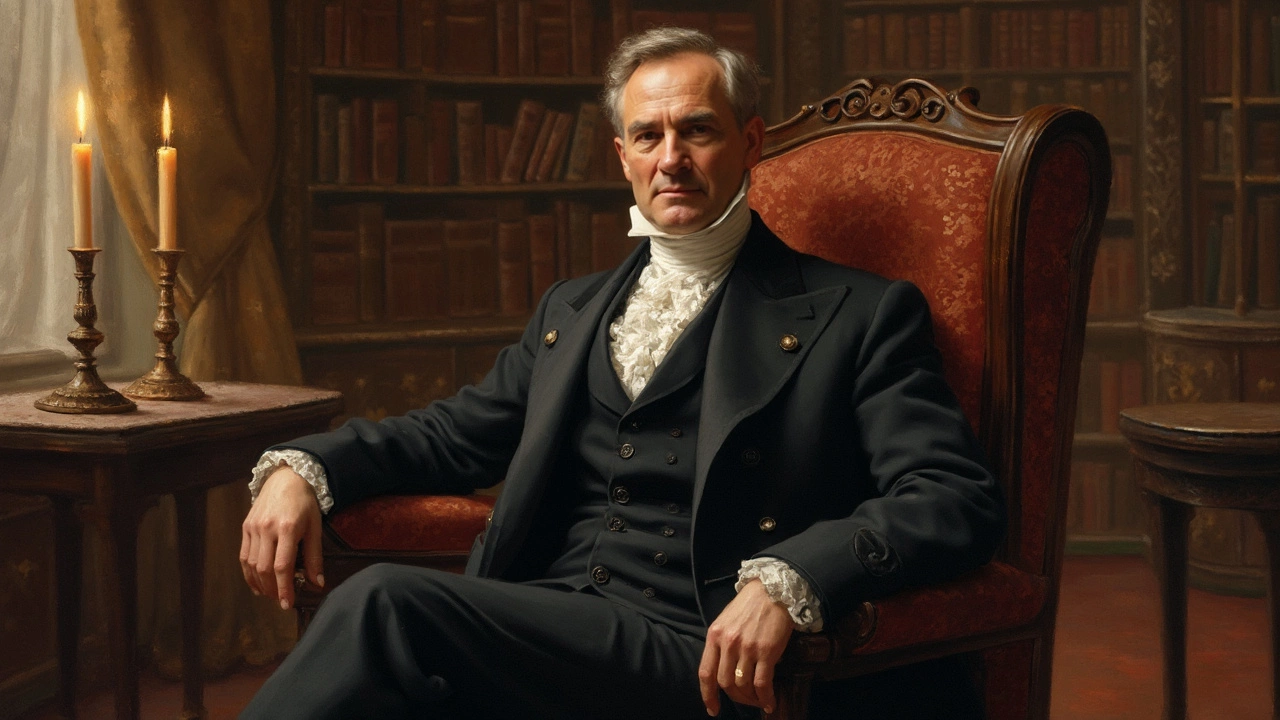Portrait Styles: Find the Right Look for Your Next Artwork
If you’re looking at a wall full of portraits and wonder why some feel timeless while others scream today, you’ve hit the right spot. Portrait styles cover everything from old‑school oil tricks to sleek digital finishes. Knowing the basics helps you speak the same language as artists, choose the best commission, or even try a few strokes yourself.
Classic vs. Modern: What Sets Them Apart
Traditional oil portraits still dominate the market because of their depth and glow. Artists layer wet, tacky, and dry paint, using glazing to build subtle colour shifts. That method lets them capture skin tones that change with light – think of the soft, lifelike look in many museum pieces.
On the flip side, acrylics dry fast, so beginners often pick them for quick studies or bold, blocky portraits. Digital portraiture is the newest kid on the block – it lets artists experiment with colour, texture, and even animation without any mess. If you’re after a portrait that can be printed on a canvas or used online, digital makes the job painless.
Eyes, Light, and the Emotional Punch
One thing all great portraits share is a focus on the eyes. Artists talk about “the eyes follow you” because a well‑painted gaze can lock the viewer in. Small details – a glint, a shadow, a hint of moisture – give the subject a feeling of life. Whether the portrait is oil, acrylic, or digital, mastering the eyes is a must‑have skill.
Lighting is the next secret weapon. Rembrandt lighting (a strong side light plus a soft shadow under the nose) creates depth, while flat lighting can make a portrait feel modern and minimalist. Play with light direction, and you’ll see a huge change in mood without altering the subject’s pose.
Choosing a style depends on your budget, timeline, and the vibe you want. Classic oil commissions often cost more and take weeks, but the result feels heirloom‑ready. Acrylics sit in the middle – cheaper, quicker, still vivid. Digital portraits are the most affordable and fastest, especially if you need a file for social media or a website.
When you talk to a portrait painter, ask about their process. Do they sketch first? Some artists swear by a pencil outline before watercolor or oil, while others jump straight in. Knowing their workflow helps you set realistic expectations and avoid surprises.
Bottom line: portrait styles aren’t a one‑size‑fits‑all. Look at the artist’s portfolio, think about the setting where the portrait will live, and decide how much you’re willing to invest. Whether you end up with a traditional oil masterpiece, a bright acrylic piece, or a sleek digital illustration, the right style will make your subject shine.

3 Apr 2025
Dive into the world of portrait painting by exploring its three main types. Uncover the unique characteristics of traditional, contemporary, and environmental portraits. Learn practical tips to enhance your understanding and appreciation of each style. Discover how artists capture personalities and emotions through different techniques. This guide is perfect for both art lovers and budding painters looking to enrich their skills.
Continue reading...
